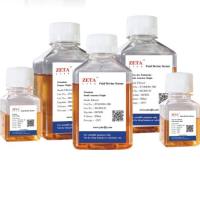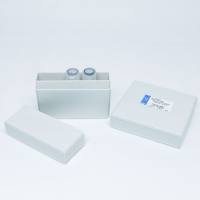The budding yeast Saccharomyces cerevisiae is a useful model for elucidating the pathways that control life span and the influence of environmental factors, such as calorie restriction (CR). For 75 years, CR has been studied for its ability to delay diseases of aging in mammals, from cancer to cardiovascular disease (McCay et al., Nutr Rev 33:241–243, 1975). In many other species, reducing calorie intake extends life span, including unicellular organisms (Jiang et al., FASEB J 14:2135–2137, 2000; Lin et al., Science 289:2126–2128, 2000), invertebrates (Rogina and Helfand, Proc Natl Acad Sci U S A 101:15998–16003, 2004), and rodents (Mart�n-Montalvo et al., Oncogene 30:505–520, 2011). Here we describe how to calorically restrict yeast cells, the methods used to determine the replicative life span (RLS) of budding yeast cells, how to selectively kill daughter cells using the mother enrichment program (MEP), how to measure recombination frequency at the rDNA locus, how to isolate large quantities of old cells, and how to analyze the circular forms of DNA known as extrachromosomal rDNA circles (ERCs), a cause of aging in S . cerevisiae (Petes, Cell 19:765–774, 1980; Sinclair and Guarente, Cell 91:1033–1042, 1997; Defossez et al., Mol Cell 3:447–455, 1999).






